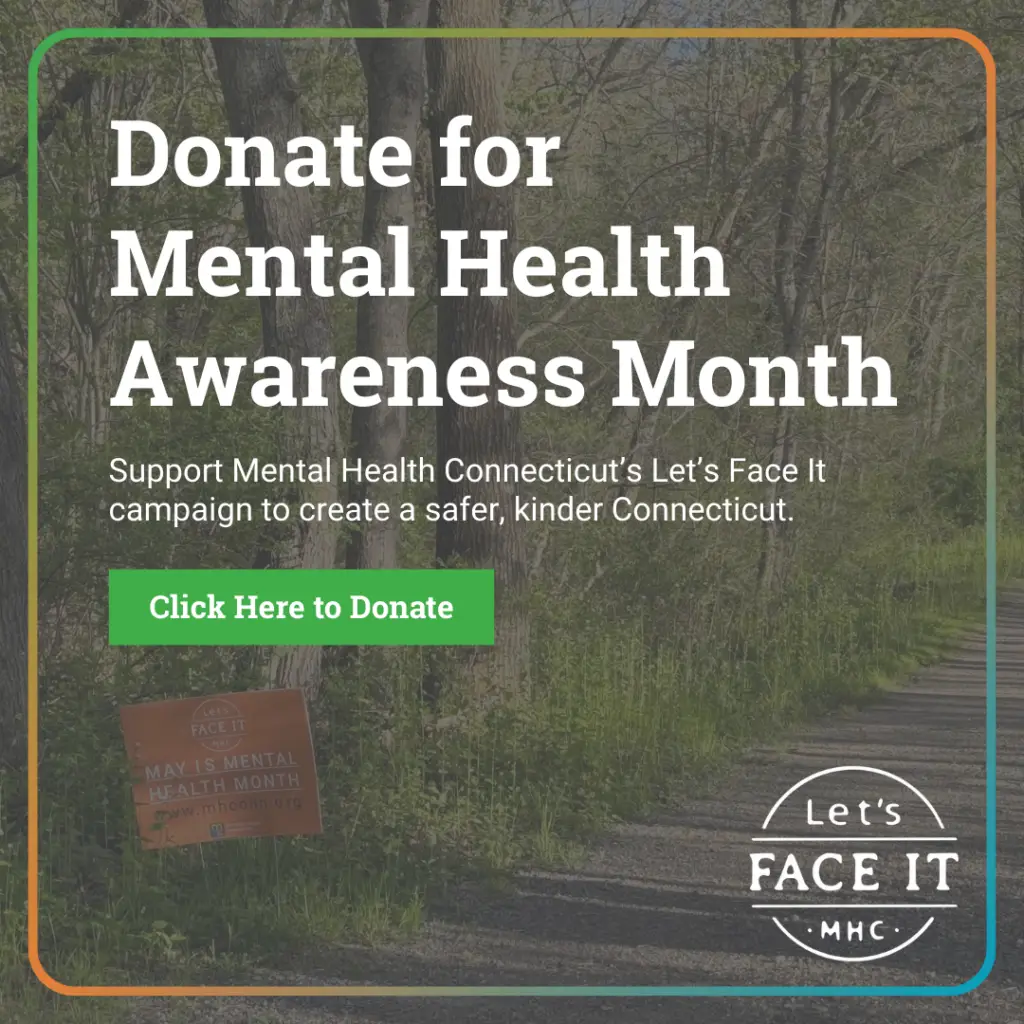Content Warning: This post includes discussion of sexual assault, human trafficking, and trauma, which may be triggering for some readers. If you or someone you know has experienced sexual violence, you are not alone, and support is available. Please consider reviewing the resource list at the end of this post or reaching out to a trained professional if needed.
According to RAINN, every 74 seconds, someone in the U.S. is sexually assaulted. Every 9 minutes, that someone is a child.
Sexual assault and human trafficking are not distant issues. They are happening in our communities every day. While the physical harm is devastating, the mental health impact and trauma that follow can alter the course of a person’s life. Survivors often struggle with anxiety, depression, PTSD, isolation, and challenges with employment, relationships, and daily functioning.
The fact that it has taken an act of Congress to address practices that should be standard speaks volumes about the scale of this problem and our nation’s response to it. Too many individuals are suffering in silence because this crisis has not been treated with the urgency it deserves.
There are resources available for survivors, but our ability to respond effectively is increasingly hindered. Law enforcement agencies remain under-resourced. Federal departments, such as the DOJ, have seen diminished capacity to pursue U.S. citizens involved in trafficking. Vital services that provide trauma response and mental health care are being defunded or underfunded.
When protections depend on political will rather than moral responsibility, our community is put at risk, and survivors are left waiting.
Sexual assault impacts people across every community in the United States, regardless of age, race, gender identity, income, or zip code. Its effects ripple outward, impacting not only individuals, but families, workplaces, schools, and entire communities.
| Prevalence | Over half of women and one in three men have experienced sexual violence involving physical contact during their lifetimes. (Center for Disease Control) |
| Rape/Attempted Rape | 1 in 4 women and 1 in 26 men have experienced completed or attempted rape. (Center for Disease Control) |
| Racial Disparities | More than 2 in 5 American Indian, Alaska Native, and multiracial women have been raped in their lifetime. Indigenous Americans are twice as likely to experience sexual assault compared to all races. (Center for Disease Control, RAINN) |
| LGBTQ+ Youth | Only 39% of LGBTQ+ young people reported never being forced to engage in sexual activity. The majority have. (The Trevor Project) |
| Incarcerated Individuals | An estimated 80,600 inmates experience sexual violence every year. In 60% of cases, the perpetrator is staff. (RAINN) |
| Perpetrators | 57% of perpetrators of sexual assault in the U.S. are white. (RAINN) |
Sex trafficking represents another dimension of this crisis. According to the United Nations’ International Labor Organization, globally, an estimated 6.3 million people are victims of sex trafficking. Of these, 78% are women and girls, and 22% are men and boys; 92% are adults and 8% are children. Within the United States, trafficking has been documented in all 50 states, the District of Columbia, Tribal land, and U.S. territories, demonstrating that no region is untouched.
The impact of sexual violence reaches far beyond the moment it occurs. Survivors may carry the effects for years, both emotionally and physically. They are four times more likely to experience symptoms of drug abuse, three times more likely to develop major depression, and four times more likely to live with PTSD. Additionally, many survivors experience ongoing anxiety and, in some cases, suicidal thoughts. Thirteen percent of women who experience rape attempt suicide, more than double the rate among women in the general population, which is 5.9%.
Many survivors also face ongoing health challenges: reproductive, gastrointestinal, cardiovascular, and sexual health concerns are particularly common. Recent estimates place the lifetime financial cost of rape at $122,461 per survivor, accounting for medical care, lost work productivity, and criminal justice expenses. These challenges can make it difficult to return to work or school, sustain relationships, or feel grounded in everyday life.
Experiencing sexual violence can leave survivors more vulnerable to future harm, making early support and protection all the more critical. Girls who experience sexual abuse are more likely to face additional victimization later in life and are at higher risk of intimate partner violence. Research further shows that bullying behaviors in early middle school are linked to sexual harassment perpetration in high school, reminding us that prevention must begin early and involve education and support. Further, early access to services is paramount.
The data is clear. People are suffering, and yet, we do not act. Are we, as a society, going to stand by and wait for another act of congress to hold perpetrators accountable?
We at MHC know where we stand. We stand with the survivors. Will you?
Resources & Support
If you or someone you know needs help, please do not wait. Support is available now. If someone is in immediate danger, call 911 or 988.
RAINN – National Sexual Assault Hotline
- Free. Confidential. 24/7. English & Español.
- Call: 800.656.HOPE (4673)
- Chat: RAINN.org/hotline
- Text: HOPE to 65673
National Sexual Violence Resource Center
Take Back the Night – National Sexual Assault Legal Hotline
- Call: 567-742-8837
- https://takebackthenight.org/legal-assistance/
The Trevor Project – LGBTQ+ Crisis Support
- Call: 1-866-488-7386
- Text: Text ‘START’ to 678-678
- Chat: thetrevorproject.org/get-help/
National Human Trafficking Hotline
- Call: 1-888-373-7888 (24/7)
- Text: 233733
- Chat: humantraffickinghotline.org/chat
- Report online (anonymous available): humantraffickinghotline.org
The Polaris Project – The National Human Trafficking Hotline
- Call: 1-888-373-7888
- Text: 233733 (Befree)
- Chat: https://polarisproject.org/national-human-trafficking-hotline/








